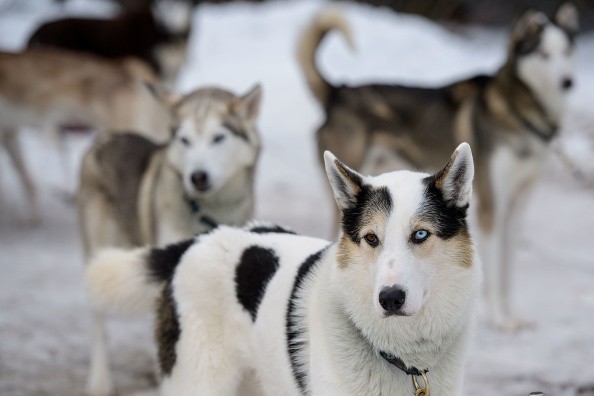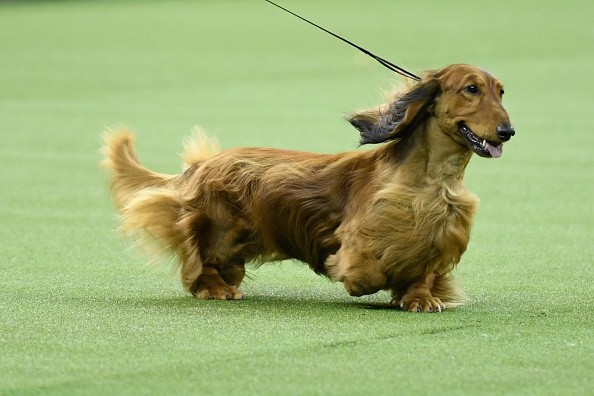A study has discovered that dogs who possess short snouts, like bulldogs, boxers, and pugs, are good at making eye-contact with humans than breeds with long noses. The key in creating a connection and building a relationship with a pet pooch is by locking gazes and some dogs do it better than others.

Experiments on 130 Family Dogs
A study from Hungarian researchers came to a conclusion that short-snouted, playful, juvenile, and cooperative dogs are the best when it comes to making eye contact with humans. Breeds of the dog also plays a role, with dogs raised to work by the side of humans with visual cues - like sheepdogs are quicker to make eye contact with humans than a dog which was reproduced for purposes that did not need human visual indicators, like sled dogs.
At Eötvös Loránd University in Budapest, a Dog behavior expert carried out some experiments on 130 family dogs and weighed the length and width of their head. Dogs were kept in a room with their owner and a stranger. The owner sat quietly on a chair without any form of movement while the experimenter, which the dog isn't familiar with, waited for the pet to gaze into their eyes.
Bigger-headed Vs. Smaller-headed Dogs
Information from this experiment showed animals with shorter heads stared into the eyes of a stranger sooner than bigger-headed dogs. A Ph.D. student and first author of the study, Zsófia Bognár, says this is likely because of the shape of their eyes.
She says generally, the pug, bulldog, boxer, and snub-nosed dogs, have a more noticeable area centralis in the retina, so they can respond better to stimuli in the central field, which may make it effortless for them to make eye contact with humans. However, dogs that have bigger heads, possess a wider field of vision which may make it more difficult for them to focus on a particular thing as they are prone to more stimuli.

Powerful Signal For Humans
"It is likely, that they see the face of humans more sharply due to their special retina, but it is also possible that their owners stare at them more frequently as their facial characteristics look like that of a small child, a powerful signal for humans," Ms. Bognár says. "Due to this, dogs that have shorter noses may have more experience in establishing eye contact."
The experts then considered how other factors affected the formation of eye contact, placing focus on breed, temperament, and age. They found out breed of dog for visually guided work, like Shepherd dogs - which work together with humans are among the best at establishing eye contact. However, breeds which humans created for independent work, such as dachshunds and sled dogs, are less skillful in making eye-contact with a human.
Related Articles : Here is How Dogs Contribute to the Society
For more news, updates about dogs and similar topics don't forget to follow Nature World News!
© 2025 NatureWorldNews.com All rights reserved. Do not reproduce without permission.





